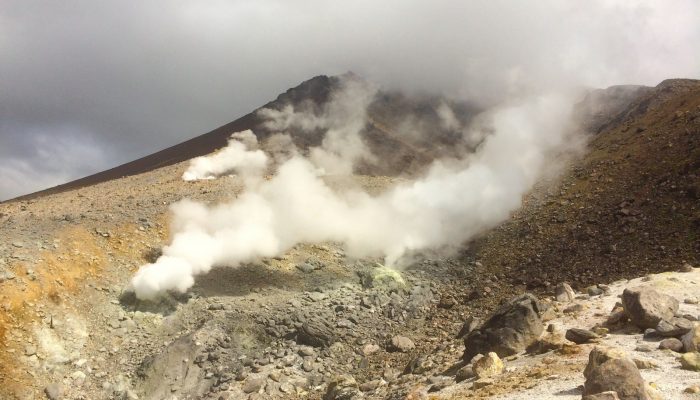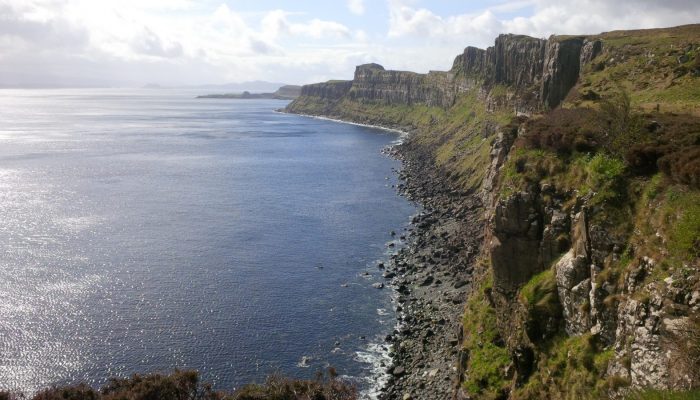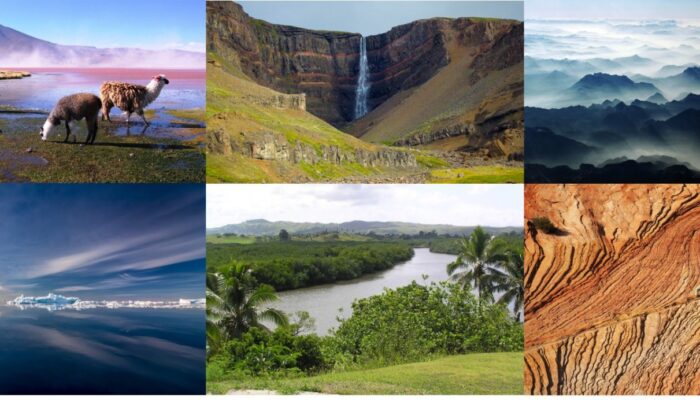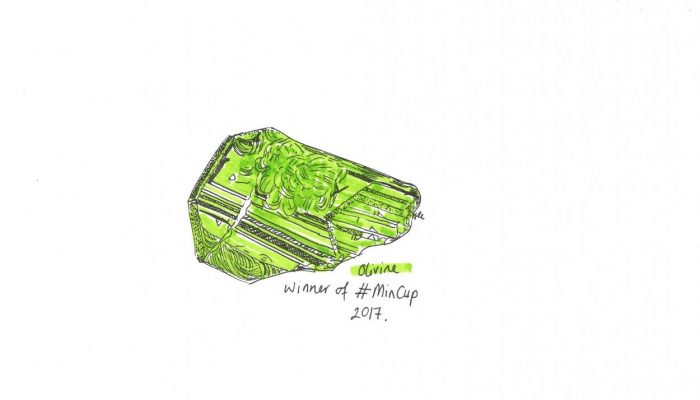Imaggeo, our open access image repository, is packed with beautiful images showcasing the best of the Earth, space and planetary sciences. Throughout the year we use the photographs submitted to the repository to illustrate our social media and blog posts. For the past few years we’ve celebrated the end of the year by rounding-up some of the best Imaggeo images. But it’s no easy task to pick which ...[Read More]
MinCup: Elevating humble minerals to new heights
Throughout October and November, the world of (Earth science) Twitter was taken by storm: Day after day, Eddie Dempsey (a lecturer at the University of Hull, and @Tectonictweets for those of you more familair with his Twitter handle) pitted minerals against each other, in a knock out style popular contest. The aim? To see which mineral would eventually be crowned the best of 2017. Who knew fiery ( ...[Read More]
Imaggeo on Mondays: Smoking mountain top

Japan’s northernmost, second largest and least developed island, Hokkaido, is famous for its unspoilt nature. Harsh, cold and snowy winters make way for pleasant summers, which allow tourists and locals to enjoy a variety of outdoor activities, year-round, in the island’s six protected areas. The largest of the natural parks is Daisetsuzan: known for it’s wilderness and volcanoes. It is formed by ...[Read More]
Imaggeo on Mondays: A spectacular view of moss-covered rocks

Geology has shaped the rugged landscape of the Isle of Skye – the largest island of Scotland’s Inner Hebrides archipelago. From the very old Precambrian rocks (approximately 2.8 billion years old) in the south of the island, through to the mighty glaciers which covered much of Scotland as recently as 14,700 years ago, the modestly-sized island provides a snap-shot through Earth’s dynamic his ...[Read More]


